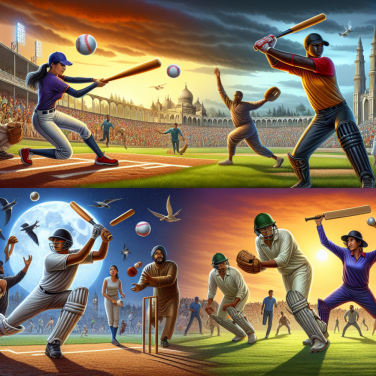An In-depth Analysis: Which Golf Club Really Hits the Furthest?
As golfers, we're all in constant pursuit of finding ways to improve our game, and more often than not, enhancing the distance of our shots is a primary focus. Whether you're a neophyte stepping onto the course for your inaugural round, or a seasoned player yearning to outdo your own personal best, you've probably wondered: Which golf club really hits the farthest?
To unravel this mystery, we will dissect various aspects of a golf club's design and weigh their influences on the ball's distance.
1. Club Length: The most basic anticipation is that longer clubs should provide further distance. This assumption is fairly rational since a longer club gives an extended swing path, contributing to a higher club head speed, which translates into more distance. It's for this reason that golf drivers generally offer the most distance.
2. Club Loft: The loft of a golf club is the angle of the clubface that controls trajectory and affects distance. Drivers have the least loft, around 7 to 12 degrees, and this is precisely why they are the go-to clubs for hitting the ball the farthest.
3. Shaft Flexibility: A club's shaft flexibility plays a vital role in how far you can hit the ball. Golfers with higher swing speeds tend to benefit from stiffer shafts while those with slower swing speeds can gain distance with more flexible shafts.
4. Club Material: The components used to construct a club can have a profound impact on its performance. Clubs with heads crafted from lighter materials, like titanium, facilitate higher swing speeds, and hence, longer drives.
From an overall perspective, the golf driver, specifically designed to maximize distance, comes out on top. The physics behind its design features such as length, loft, and materials, all contribute to achieving the longest possible shot. It's worth noting though, conditions such as tee height, swing speed, shot technique, and ball type can significantly influence the distance yielded by a driver, or any club for that matter.
In comparison, while fairway woods offer shorter distance due to their higher loft and shorter shaft, they're known for their shot precision. Irons, on the other hand, are not designed for extreme distances but rather for a range of specific distances based on the precise number of the iron.
In conclusion, while the driver wins in terms of raw distance, it's essential to remember that golf is a game of strategy and precision.
Read also:
Unlocking Athletic Potential: The Role of Sports Psychology
Understanding the Key Factors that Influence Golf Club Distance
Many factors affect golf club distance, ranging from physical elements like club design and material, to personal variables such as the golfer's swing, strength, and skill level. Understanding these factors can help golf enthusiasts not only figure out which golf club hits the farthest, but also find the right club to maximize their own performance on the course.
Let's begin with the technical parameters that classify different golf clubs.
1. Club Type: The type of club you choose primarily determines the distance you can achieve with your swing. Drivers, for instance, are made to hit the ball the farthest, followed by woods, then hybrid clubs, then irons, and finally wedges.
2. Club Length: The longer the club, the greater the swing speed, which directly affects how far the ball travels. A driver is usually the longest club in a golfer's bag, hence its designed purpose for distance.
3. Club Loft: In simple terms, the ‘loft’ of a golf club is the angle between the face of the club and an imaginary vertical line. A lower loft results in longer distances, while a higher loft offers more control over the ball but less distance.
4. Club Head Material and Design: Modern club heads are typically made of materials like titanium or stainless steel and come in various shapes and weights. Lighter materials can improve swing speed, while a larger club head can provide a bigger hitting area or "sweet spot."
Now, that we've touched on club factors, let's look at how the golfer's skills and physical attributes contribute to the club distance.
1. Swing Speed: This is probably the biggest personal factor influencing distance. A quicker swing can add energy to the shot, making the ball go farther. Differences in swing speed can also explain why two different golfers may achieve different distances with the same club.
2. Strike Quality: Where the golf ball connects with the club face affects ball speed and spin. Striking the ball in the ‘sweet spot’ most efficiently transfers energy from club to ball, creating the optimal conditions for maximum distance.
3. Angle of Attack: This is the angle at which the clubhead descends or ascends into the ball at impact. A positive angle of attack (hitting up on the ball) can help achieve greater distances, especially with the driver.
4. Physical Strength and Flexibility: A golfer's physical fitness significantly influences their ability to handle different clubs and create a powerful and effective swing.




